One of the most commonly used methods of applying varnishes and paints is spraying. The method is used both in large factories and workshops and even by woodworkers as a hobby. The application ranges from sophisticated equipment to simple spray guns, for which no special training is needed. If you want to use them for as long as possible and the results are good and consistent, they need to be maintained. Cleaning spray guns and pumps after each use and maintaining them on an ongoing basis can double the time and eliminate half the problems that occur during operation.
The other day I was talking to Gabriel Mănoiu from Falk Consulting, the Romanian distributor of guns and pumps Sames Kremlinwho told me that unfortunately there was little discussion on the subject, as it was taken for granted. If you have a car you will surely think that without proper maintenance, without timely servicing, you can have problems. The same should be thought of with paint equipment. It's a way to protect your investment and at the same time get quality paint.
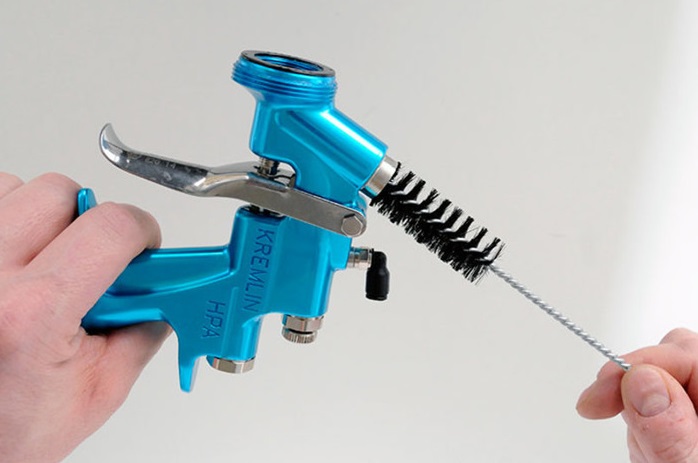
What is involved in spray gun maintenance
After each use the gun should be cleaned. All the routes through which the finishing materials flow are important, not just the nozzle. Lacquers and paints contain pigments, wetting agents and fillers that can build up on the walls of hoses and pump and gun nozzles, narrowing them. The equipment will work harder and harder and the results will be poorer.
Even more dangerous is the failure to clean equipment when using chemically curing materials such as polyurethane varnishes, acrylic with curing, polyester. Varnish or paint residue will harden on the inside and the equipment will be totally compromised.
To avoid such situations, equipment should be washed after each use. Use the solvent with which the paint or varnish used was diluted, as recommended by the manufacturer. Before putting thinner into the equipment, spray all remaining material inside in a separate container. It can be reused for another application, provided it is not a mixture with hardener that has outlived its pot-life.
After removing the varnish residues, solvent washing is started. Spray until clean solvent comes out of the spray gun, without any traces of varnish, paint or stain. Then unscrew the gun head and clean the nozzle, filter and other parts thoroughly with the brush normally supplied with the gun. For better cleaning you can use special kits available without the gun.
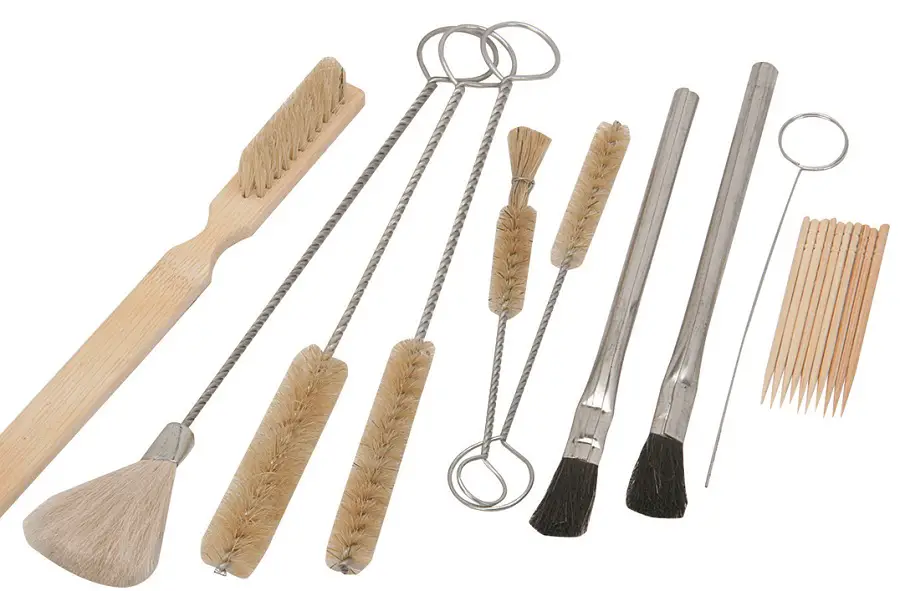
Then reassemble the gun and leave some thinner in it if it is to be used in the near future. If it is to be used periodically, wipe the components thoroughly, allow it to soak, then reassemble the gun and store it in the original box.
In the case of pumps, the air supply must be turned off and the pressure released. Remove all filters and clean thoroughly. They should be changed from time to time according to the manufacturer's recommendations. Check the seals and if they show the slightest sign of damage, change them. A seal that does not seal very well is a danger of loss of material or pressure.
Washing thinners
There are such thinners, which are cheaper than those used in mixtures with finishing materials. The latter primarily ensure very good film quality. Wash thinners are more aggressive solvents or solvent mixtures used to clean, to soften any debris trapped by equipment components.
One of the solvents used for washing is acetone. I asked the Falk Consulting representative if it is not too aggressive and does not destroy the seals and components of guns and pumps. It is indeed aggressive and can damage those very cheap guns made of less resistant materials. Guns sold by specialist firms have components made of stainless steel and seals made of Teflon, acetone-resistant materials. Hence the differences in price, but also in usage time.
Even if it is more expensive, it is recommended that the material be removed from the gun using its thinner. It is so formulated that it is compatible with all components of the paint or varnish. Finally, to save money, a wash thinner can be used.
Equipment used for application water soluble products washed with water. To clean them thoroughly use warm water or, if necessary, water as a specially formulated washing detergent. Clean water should be used after the detergent water. Finally, do not leave water in the gun but a solvent compatible with water, such as technical alcohol. The alcohol also protects during winter when the water could freeze and damage the tracks and equipment components.
Switching from one type of material to another
In workshops or small factories, different spray guns are not always used for solvent-based and water-based products. The small amount of finishing material used does not justify the investment. The spray gun will spray organic solvent-based and water-based products alternately. In this case the washing must be done very carefully because contact with the wrong solvent can harden the paint or varnish inside the gun or on the pump tracks, totally damaging the equipment.
Initially the washing is done as above, removing the material from the gun with the specific thinner. Then use a wash thinner compatible with both organic solvents and water, such as acetone or technical alcohol. After the trails have been thoroughly washed with the universal thinners, another wash is made, this time using the thinner of the material to be used. This last thinner is then drained off and the gun is filled with the new material.
Although the process is more laborious it must be done. This is the only way to get a good quality film without crater and stings. Organic solvents and water do not get along, behaving like water with oil. If they come into contact they tend to repel each other, dragging along the paint or varnish they dilute. This causes holes in the film (craters) or small pin pricks.
The same defects can also occur if water-based products are applied shortly afterwards (and vice versa) to the premises where organic solvent-based varnish has been applied. Solvent vapours remaining in the atmosphere will affect the film. Therefore, if there is a spray booth, ventilate thoroughly by changing the air with the exhaust system before starting work with the water-based product.
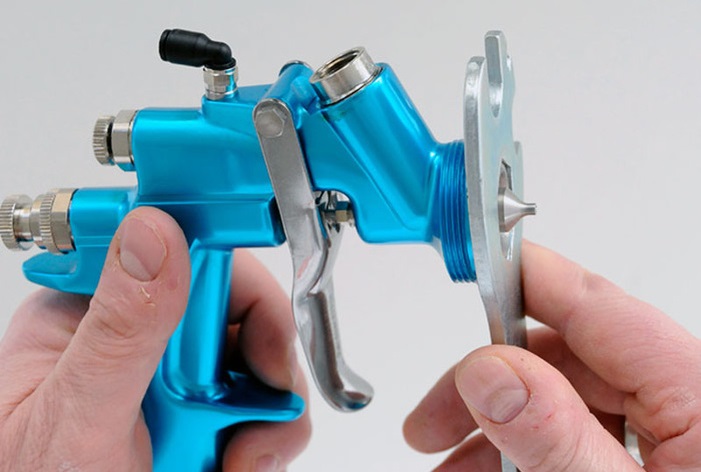
In conclusion
Good gun maintenance will be reflected in the quality of the film. The nozzle will not narrow, dry varnish particles will not be entrained by the new material flow, air will come out with constant pressure. The finished object will look good, the customer will be satisfied and you will be able to count on new orders from him or from new customers where you will be recommended.
In addition, you will protect your investment by using the gun or pump for a long time without having to replace damaged parts or even buy new ones. And speaking of investment! Don't buy the cheapest spray guns thinking they are all the same. They are not the same and the price difference is justified by something. What's more, by buying from a specialist firm, you'll have somewhere to ask for guidance and explanations if you run into problems.
If you find the information useful to others, you can share it. And if you have any additions or questions, you can leave them in the space below.





















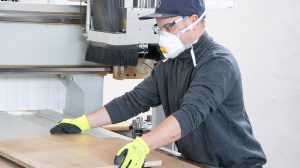
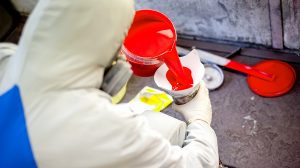
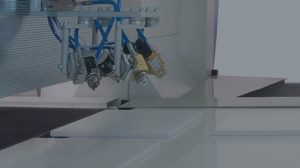



Add comment